DMZ Streaming
Secure and compliant file transfers with JSCAPE MFT Gateway
DMZ Streaming Overview
DMZ streaming transfers data securely between clients and servers without the data ever landing in the DMZ internet-facing servers.
This sophisticated solution allows external clients and vendors to securely access files in your internal network without having to install any software, ensuring sensitive files remain protected and compliant. JSCAPE by Redwood offers DMZ streaming with its solution, MFT Gateway.
Benefits
- Enhanced security: Eliminates complex firewall and VPN rules, helping to reduce security risks.
- Regulatory compliance: Meets mandates such as HIPAA, PCI-DSS and SOX by avoiding DMZ data storage.
- Operational efficiency: Streamlines data transfer processes for external parties, minimizing administrative overhead and simplifying the file transfer process.

How it works
When an external user requests a file, JSCAPE MFT Gateway securely retrieves the data from the internal network server and streams it directly to the user.
Your sensitive data will never land in the DMZ and will maintain confidentiality and data integrity. The process is seamless, requiring no effort or software installation from the client. It fully adheres to compliance requirements while protecting your internal network from threats.
Key features
- MFT Gateway Agent: No need to open inbound firewall ports, reducing attack surface area.
- Protocol support: Compatible with virtually any network protocol so it can work within your existing technology infrastructure.
DMZ Proxy Server Features and Benefits
Transparent to the client
Client-side users don’t need additional configurations to take advantage of DMZ streaming. They simply connect to and use the file transfer service as they normally would.
Obscures internal servers
Since all incoming connections are established with the DMZ-based JSCAPE MFT Gateway, external users wouldn’t be able to gain vital information about your internal network.
Multi-protocol
Client-side users don’t need additional configurations to take advantage of DMZ streaming. They simply connect to and use the file transfer service as they normally would.

